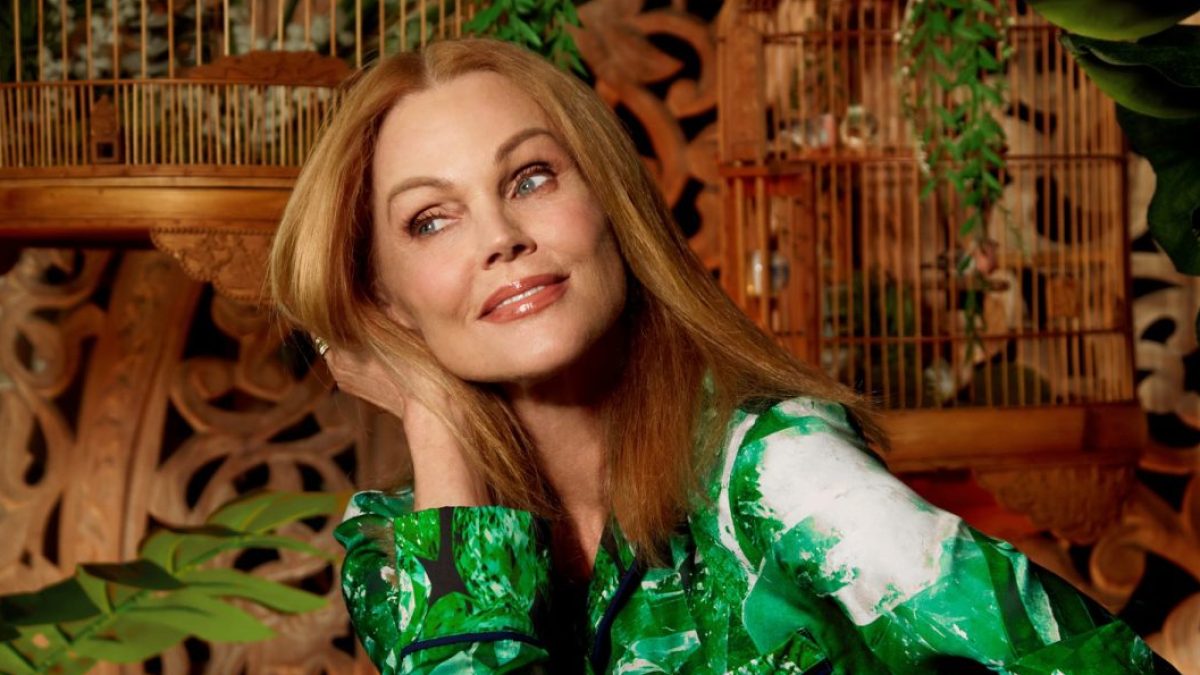“Anger? Oh god…” laughs Belinda Carlisle. “I have done A LOT of work on my anger. But I was born rebellious, and anger can still be my base of operations. It takes a serious, daily effort for me to keep a lid on it – for me to be normal.”
This might come as a surprise to casual fans who only know the Californian singer from mid-80s solo hits such as “Heaven Is a Place on Earth” (1987) or “Summer Rain” (1989). But before she morphed into a sleekly blow-dried pop star, Carlisle was the spikey-haired lead singer of pioneering new wave band The Go-Go’s. The LA quintet’s 1981 debut album – Beauty and the Beat – became the first album entirely written and performed by an all-female group to top the US Billboard chart. Astonishingly, when they bounced back onto the stage at Coachella earlier this year, they were still the only all-female group to have achieved this feat.
Over the phone from her home in Mexico City, Carlisle says that her “anger and contrarian nature” was one of the forces driving her to succeed in a sexist industry. It remains a motivator today, as she refuses to fade out gracefully, instead releasing a new solo covers album, Once Upon a Time in California, opening with a confidently confrontational version of Bacharach and David’s 1963 song “Anyone Who Had a Heart”.
“Dionne Warwick’s 1963 recording of that was a female empowerment way ahead of its time,” she says. “You could feel she wasn’t afraid to challenge the way she’d been treated. So that came naturally to me.”
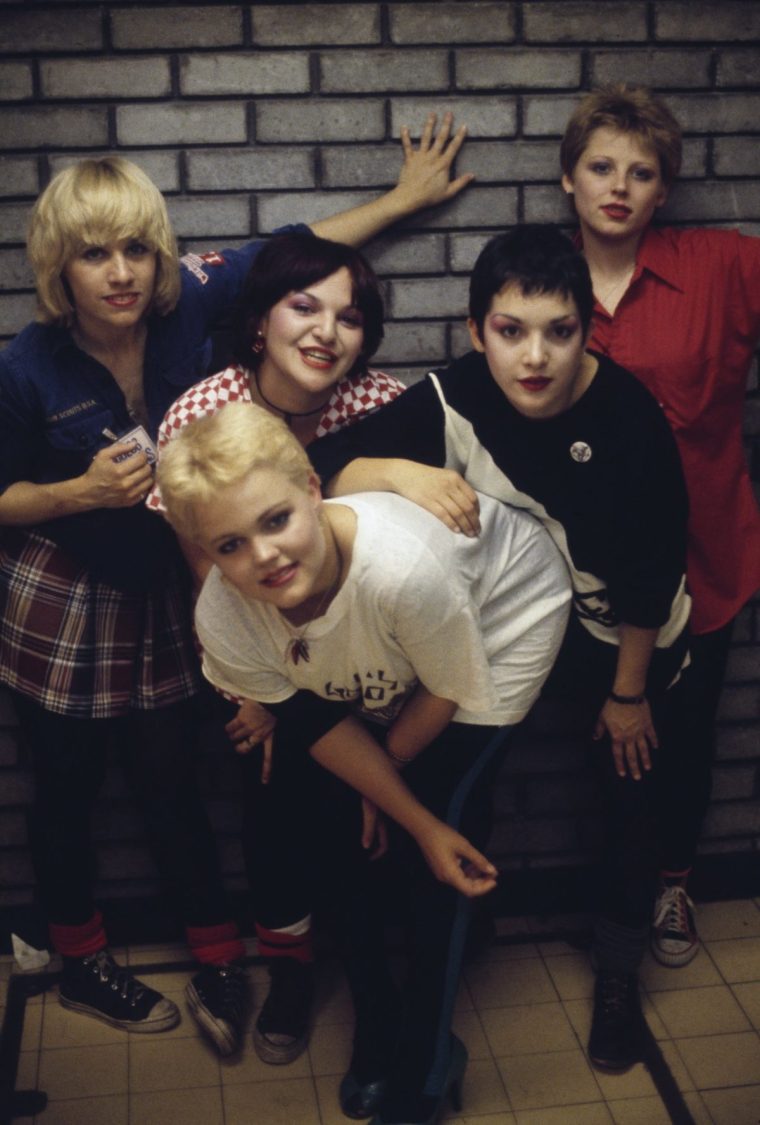 The Go-Go’s, 1980. Left to right: lead guitarist Charlotte Caffey, singer Belinda Carlisle, bassist Margot Olavarria, rhythm guitarist Jane Wiedlin and drummer Gina Schock (Photo: Kerstin Rodgers/Redferns/Getty Images)
The Go-Go’s, 1980. Left to right: lead guitarist Charlotte Caffey, singer Belinda Carlisle, bassist Margot Olavarria, rhythm guitarist Jane Wiedlin and drummer Gina Schock (Photo: Kerstin Rodgers/Redferns/Getty Images)
But Carlisle’s inner rage didn’t help with the “mess” of drink and drug-fuelled rivalries that caused the Go-Go’s implosion in 1985. Carlisle’s publicist has warned me she doesn’t want to talk about drugs any more. She’s been sober for almost two decades and tells me she maintains her new lifestyle by “getting up at 4am for a two-hour routine of chanting and meditation before getting out the front door for my morning walk at 6am”.
But the roots of the damage are all laid bare in Alison Ellwood’s excellent 2020 documentary, The Go-Go’s, which charts the band’s rise and fall in all its chaotic truth. The film explores how the fiery young women blended a punk attitude with sunny Californian melodies (written mostly by guitarist Charlotte Caffey) but lost their way as drugs and money poured in.
By the end, heroin-addicted Caffey was so out of control that even Ozzy Osbourne threw her out of his dressing room. For her part, Carlisle was lectured on drug use by American comedian John Belushi, who later died of a drug overdose aged 33, and was pulled aside at a Grammy award ceremony and told to wipe her nose by the Bee Gees’ Maurice Gibb. In 2023, Carlisle told an interviewer: “When I was introduced to coke, I thought: ‘Oh my God, when I get money, I’m going to buy lots of this.’ And I did… Everybody was just off their trolley.”
In Carlisle’s case, media scrutiny of her weight caused her to use drugs to stay slim. She’s covered The Carpenters’ 1971 song “Superstar” on the new album, and today notes “the similarities between the way Karen Carpenter and I were treated by the press, coming up”. Carpenter died of complications from her anorexia in 1983, as The Go-Go’s were touring. Carlisle – who looks so wholesome and carefree in those early photoshoots – recalls: “I was always described as ‘pretty and plump’, ‘cute and chubby’. The papers were all: ‘Oh look, she’s lost weight! Oh no, she’s gained weight!’ It really fucks up your brain as a young girl.”
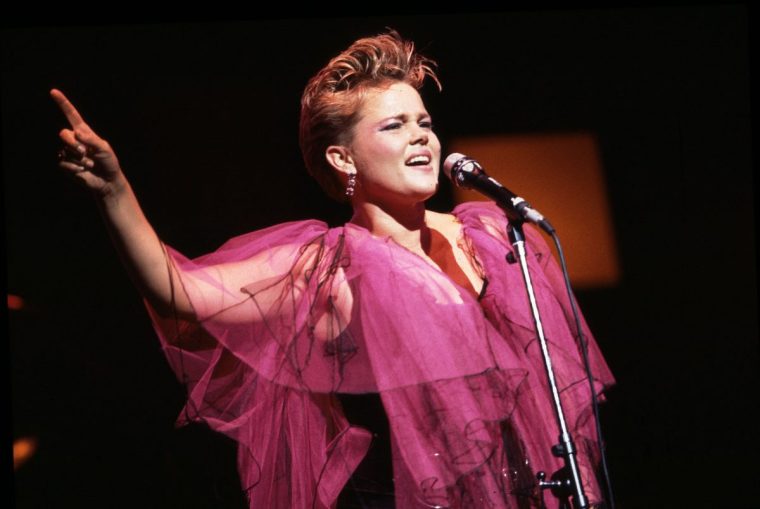 The media relentlessly scrutinised Belinda Carlisle’s weight in the early 80s, which led her to use drugs to stay slim (Photo: Paul Natkin/WireImage)
The media relentlessly scrutinised Belinda Carlisle’s weight in the early 80s, which led her to use drugs to stay slim (Photo: Paul Natkin/WireImage)
“I developed what turned into an eating disorder,” she continues. “It was a form of bulimia that still sometimes comes back. I think the press are more mindful now, but they weren’t then. And those judgments can destroy women. They do. They destroy us.”
She’s equally irked that “now the weight comments have stopped, it’s all about my age. I’m always ‘Belinda Carlisle, 66’. They never do that to the men, do you notice?” I point out that I actually do include male musicians’ ages in articles, and that perhaps when journalists flag the ages of women still rocking out we’re giving them props for their longevity rather than knocking them for it. But I can see how it might feel from the perspective of a woman who reminds me that she was dropped from her previous record label “the day after my 40th birthday”.
The eldest of five children raised by a mother on lithium (who was only 17 when Carlisle was born) and a stepfather who drank his paycheck, Carlisle grew up in Thousand Oaks, California. In her frank 2010 memoir Lips Unsealed, she describes being mocked by classmates for only having one outfit and subsisting on a diet of “oatmeal and Bac-Os bacon bit sandwiches”. The good girl/bad girl contradiction in her character saw her cheerleading at school and shoplifting on the way home.
Today, she tells me that as a young girl she became “obsessed with California radio” and the hazy, summery jangle of artists like Jim Croce and Harry Nilsson covered on this record. Her mum preferred showtunes. So young Belinda would “go to my best friend’s house after school and lie on the floor in front of the speakers, singing along, starting to fancy myself a singer”. It was then that she developed the distinctive vibrato that an ex friend once said made her sound “like a goat”, but she merrily defends as “having character”.
It wasn’t until 1976 that she “really got into punk through the British music rags I bought in record stores twice a month”. By that time she was living in Hollywood, and her stepfather would be “so embarrassed, picking me up – all green hair and safety pins – from the bus stop in his station wagon when I came home to visit”. She says: “Nobody in America really knew what punk was at that time. When I think about it, we must have been really frightening to people.”
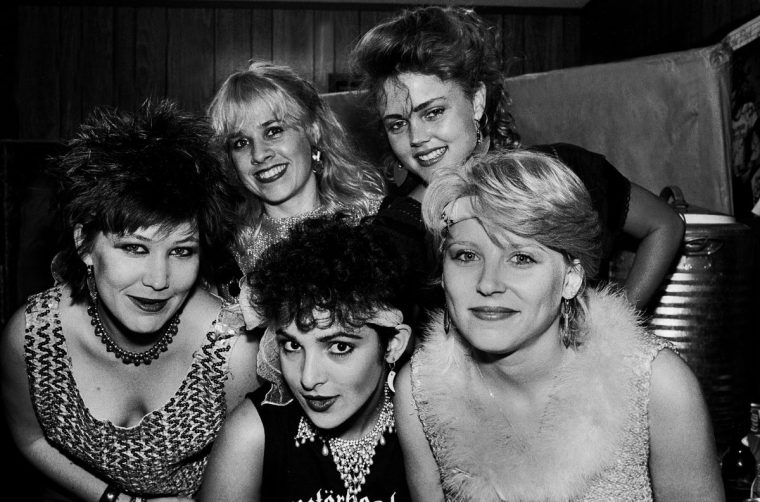 The Go-Go’s in 1981. From left, Kathy Valentine, Charlotte Caffey, Jane Wiedlin, Belinda Carlisle, and Gina Schock (Photo: Paul Natkin/Getty Images)
The Go-Go’s in 1981. From left, Kathy Valentine, Charlotte Caffey, Jane Wiedlin, Belinda Carlisle, and Gina Schock (Photo: Paul Natkin/Getty Images)
The fearsome punk image definitely had its upsides. Carlisle says that although she’s aware many women in the music industry in the 80s suffered sexist abuse and assaults, “no man ever messed with a Go-Go. We were like a five headed monster”. She says she only faced overt misogyny on one occasion, after launching her solo career: “A big manager told me: ‘You should show your tits and sing some songs like, “Stick it in me.” And I said simply: ‘No. I don’t do that.’”
She’s frustrated by how little has changed. “These days young women in the music industry are just so sexualised. Like, what happened? I don’t get it.” Maybe it’s more of a choice for some artists these days? They see it as empowering? “It’s not empowering. It’s embarrassing,” Carlisle argues. “Yes, you will get attention, but not the right kind, and down the line you are going to look back and say: ‘Wish I hadn’t done that.’ I mean: Dua Lipa? It’s shocking! She’s so talented. She doesn’t need to do that.”
I wonder if this means Carlisle regrets stripping for Playboy at 40: an act for which you could make an equal pro and anti-feminist case. She says she doesn’t do regrets, then pauses. There’s one boyfriend she regrets (although she has since been happily married to husband Morgan Mason for 39 years). And she regrets “not being more present as a mother” to her writer-activist son James, born in 1992.
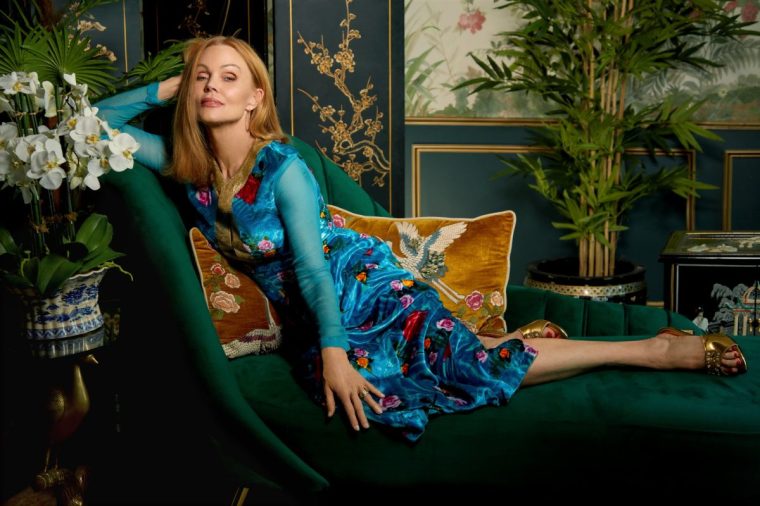 Carlisle’s new solo covers album, Once Upon a Time in California, opens with Bacharach & David’s 1963 song “Anyone Who Had a Heart” (Photo: Albert Sanchez)
Carlisle’s new solo covers album, Once Upon a Time in California, opens with Bacharach & David’s 1963 song “Anyone Who Had a Heart” (Photo: Albert Sanchez)
In her memoir she’s admirably direct about struggling with substance abuse when James was young. “I was a kind of a mess – I was struggling in my forties,” she says. “But I’m really glad that everything I went through happened, because the difficult times give you character.”
She says sobriety rebooted her in her fifties. “Some switch inside of me flipped and as I reached an age when women are told to start slowing down, I started speeding up. I did things I had never done before. I began travelling to weird places, climbing mountains at 3am.” In 2009, she attended a “rebirthing” session in the Indian river Ganges and later wrote of feeling an “uncontrollable, off-the-chart rage surge through me”, which she believes was a release of her mother’s suppressed emotion.
Having lived in France and Thailand, Carlisle thinks she’s now settled in Mexico for good. The undeveloped countryside recalls the California of her youth and she waxes lyrical about the greenery and wildlife. “A huge cricket has moved into my closet,” she says, “and although I don’t like bugs I’ve decided to let him stay and sing.”
It’s the rainy season there now, and Carlisle “loves the afternoon storms and the relief after they pass. There’s something very healing about the smell of the damp earth, the sound of the water dripping from the leaves”. I suggest the rage and release of the weather clearly mirrors Carlisle’s stormy soul, and she laughs. “Oh yeah,” she agrees. “I’ll always have a punk rock heart.”
‘Once Upon a Time in California’ is out on 29 August

